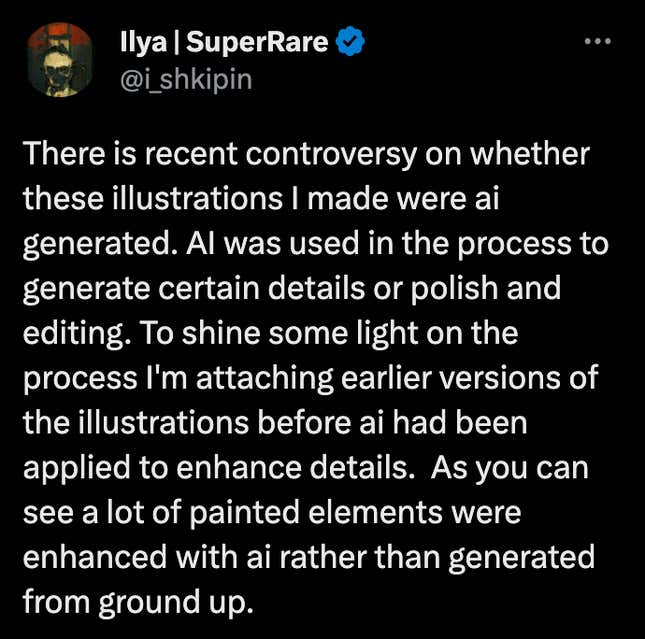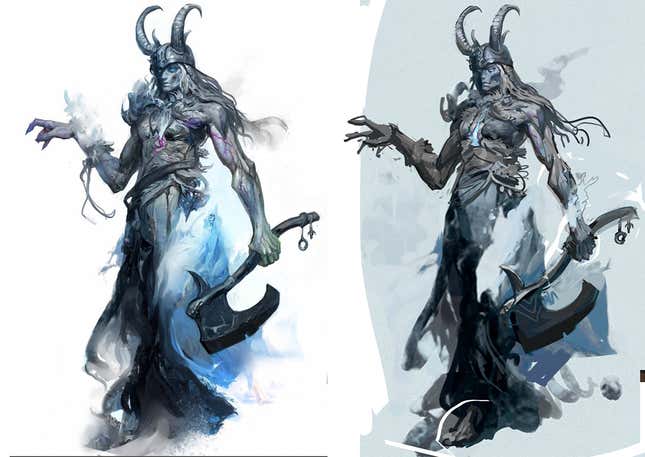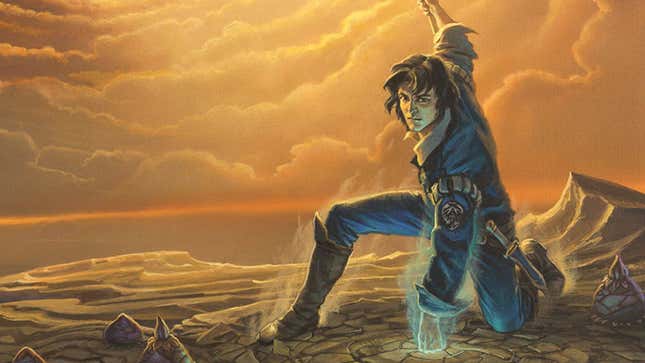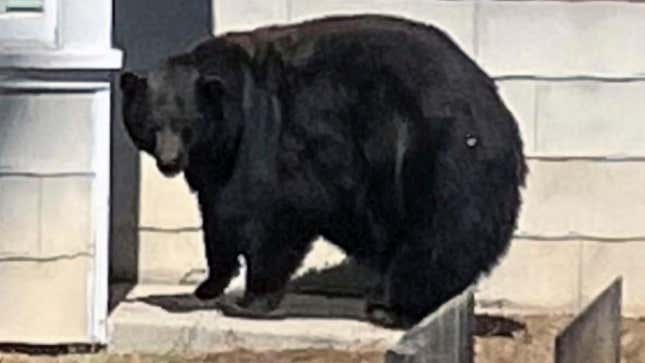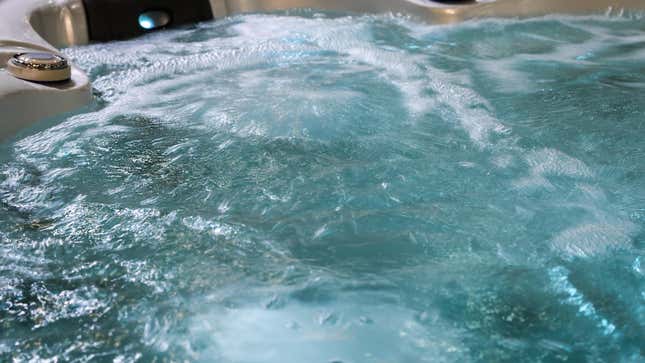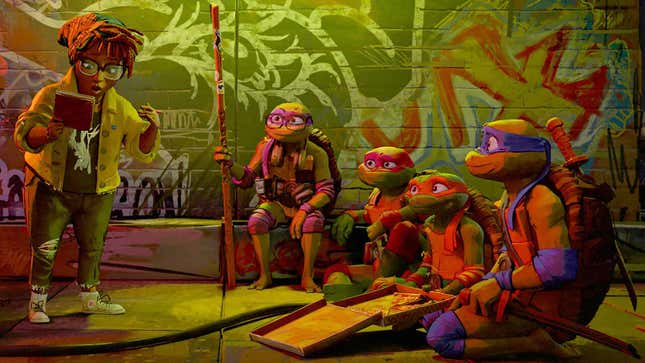Although largely unknown today, astronomer-artist Lucien Rudaux was the grandfather of all modern space art. During the height of his career in the 1920s and 30s, he produced spacescapes of such accuracy that they still hold up well even today.
Originally a commercial illustrator, Rudaux was also a passionate amateur astronomer. In 1892, at the age of 18, he joined the French astronomical society. He was among the first ever to observe a solar flare in white light and published numerous reports of this and his many other observations in the society's bulletin between 1892 and 1914.
Rudaux built his own private observatory near the coast of Normandy. Using its 4-inch reflector, he created pioneering photographs of the moon and planets as well as a photographic atlas of the Milky Way. Meanwhile, he produced countless books and magazine articles, usually accompanied by his skilful illustrations. These were translated and reprinted all over the globe. Some of his articles bore sensational titles such as "When the Moon Breaks Up", with appropriately apocalyptic artwork. His masterwork, however, was a 1937 coffee-table volume called "Sur les Autres Mondes" (On Other Worlds). It featured more than 400 illustrations, including 20 full-page color paintings. Never before had readers seen such an accurate and spectacular depiction of the worlds of the solar system. So accurate were his paintings that many of them look as though they were done last year instead of more than 70 years ago.
Especially striking are Rudaux's depictions of the surface of the moon. Where every other artist had shown a landscape dominated by towering, jagged peaks Rudaux showed rounded mountains and a rolling terrain—-exactly like that photographed by Apollo astronauts. Rudaux himself couldn't understand why artists—-and astronomers—-persisted in the misconception of a rugged moon. "If we reconstruct geometrically the outlines of certain lunar mountains from their observed appearance," he wrote, "we shall find that instead of being steep and jagged, they have quite gentle slopes and their summits are frequently flat or smoothly rounded." He pointed out one fact that he thought was patently obvious: one could look through a telescope and see with one's own eyes the rounded profiles of the lunar mountains "standing out from the edge of the disk".
Here is a solar eclipse seen from the Moon.
Rudaux visualized Venus as an eroded, rocky dust bowl and Mars as a dust-storm-swept wasteland of rock-strewn plains. He produced astonishing portraits of Saturn's rings (pictured) and Jupiter as seen from its satellites.
He even ranged beyond our solar system, imagining what the worlds circling other stars might be like. Here is an incredible painting of multicolored shadows on the planet of a binary star.
Here is Mars as seen from moon Deimos. Rudaux died in 1947. A 65-km-wide crater on Mars is named for him.
Click any image to enlarge.
